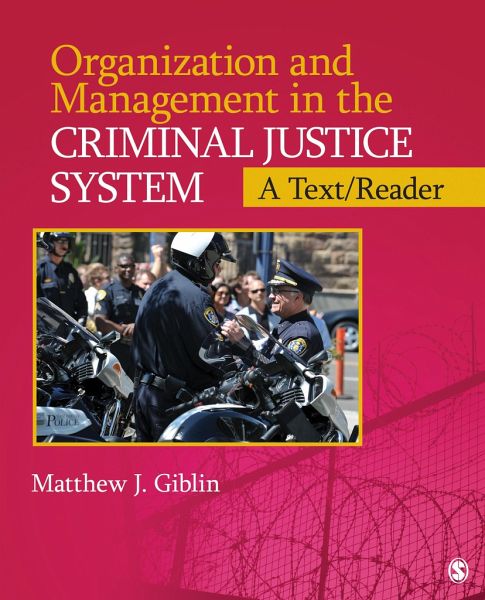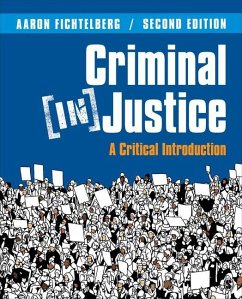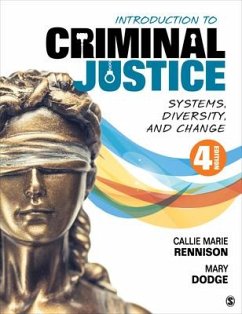Nicht lieferbar

Organization and Management in the Criminal Justice System
A Text/Reader
Versandkostenfrei!
Nicht lieferbar
The book covers the field's core foundational theories and works, as well as contemporary theories and cutting-edge research. Demonstrating that organizations matter and that the study of organizations has far-reaching utility, the book applies broader organization and management principles to a wide range of key entities including police, courts, and corrections, as well as drug traffickers, sex offender treatment providers, and homeland security agencies. Each of these organizations has a criminal justice nexus and is discussed alongside the major components of the criminal justice system. F...
The book covers the field's core foundational theories and works, as well as contemporary theories and cutting-edge research. Demonstrating that organizations matter and that the study of organizations has far-reaching utility, the book applies broader organization and management principles to a wide range of key entities including police, courts, and corrections, as well as drug traffickers, sex offender treatment providers, and homeland security agencies. Each of these organizations has a criminal justice nexus and is discussed alongside the major components of the criminal justice system. From organizational theory to managing a criminal justice organization, this book is a must-read for anyone pursuing a career in criminal justice administration.





